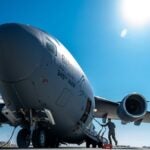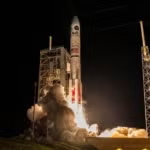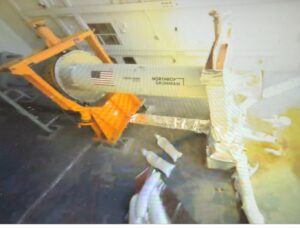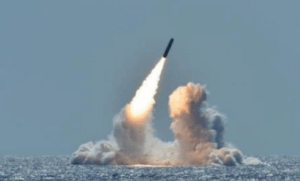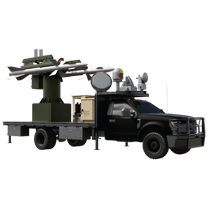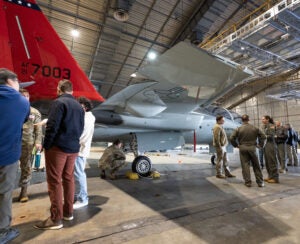
The Boeing [BA] T-7A Red Hawk trainer aircraft arrived at Eglin AFB, Fla., on Dec. 15 for climate testing at the base's McKinley Climatic Laboratory, the U.S. Air Force said on Dec. 19. "The purpose of the testing is to verify the T-7A’s system functionality while operating in extreme environmental conditions," the service said. "Among others, those conditions consist of minus 25 degrees Fahrenheit and up to 110 degrees sustained temperatures. The climatic chamber testing will evaluate the aircraft system’s…




